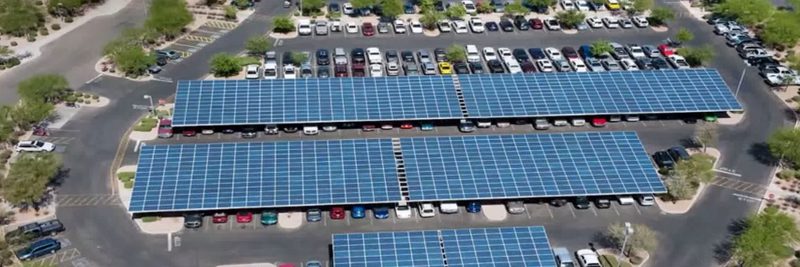Many homeowners are looking toward solar power as a way to save money and help the environment. Solar power can help a home get entirely off the grid and potentially make money if excess power is being generated. By taking a look at the pros and cons of solar powered homes, each homeowner can determine if this is an investment that makes sense for them.
The Pros of Solar Powered Homes
1. It reduces the amount of carbon the property produces.
Outside of the manufacturing process, the carbon footprint of a home using solar power is virtually zero if it is the only power source. No fossil fuels are required to generate power or heat through sunshine.
2. They are more affordable than every to install.
Solar panels have developed over the years to become highly affordable. Most homeowners can install a large enough grid to get the home completely off of fossil fuel power for less than $20,000. Many rebates and tax incentives exist around the world to help off-set this cost as well.
3. Solar panels can be installed almost anywhere.
The roof-based installation is the most common place for solar panels, but today they can be placed anywhere. Solar panels can be installed in a yard, as siding, and new technology even allows for a driveway to be replaced with solar panels and still be able to support the weight of a vehicle.
The Cons of Solar Powered Homes
1. Not every home benefits from solar power.
A home needs to have some level of sun exposure during the day to generate power. Although panels today can create power without direct sunshine, there are environments where rain is more common than sunshine, which means the investment into solar power may not pay for itself.
2. Large homes may still see large expenses.
Although some homeowners may want to get off the grid, solar power may still be out of their price range. Every 1,500 square feet of home equates to a $20,000 installment cost.
3. They are not maintenance-free installations.
Unlike utility power that is maintained by taxpayer money and monthly utility costs, solar panels require ongoing maintenance work from the panel down to the wiring to maintain their effectiveness. These are costs that come directly out of the homeowners bank account.
Solar powered homes may be standard in the future, but the technology has not made that possible yet. It is still an investment for many to have solar power, so by weighing the pros and cons of this technology, the best decision possible can be made.
Crystal Lombardo is a contributing editor for Vision Launch. Crystal is a seasoned writer and researcher with over 10 years of experience. She has been an editor of three popular blogs that each have had over 500,000 monthly readers.


















